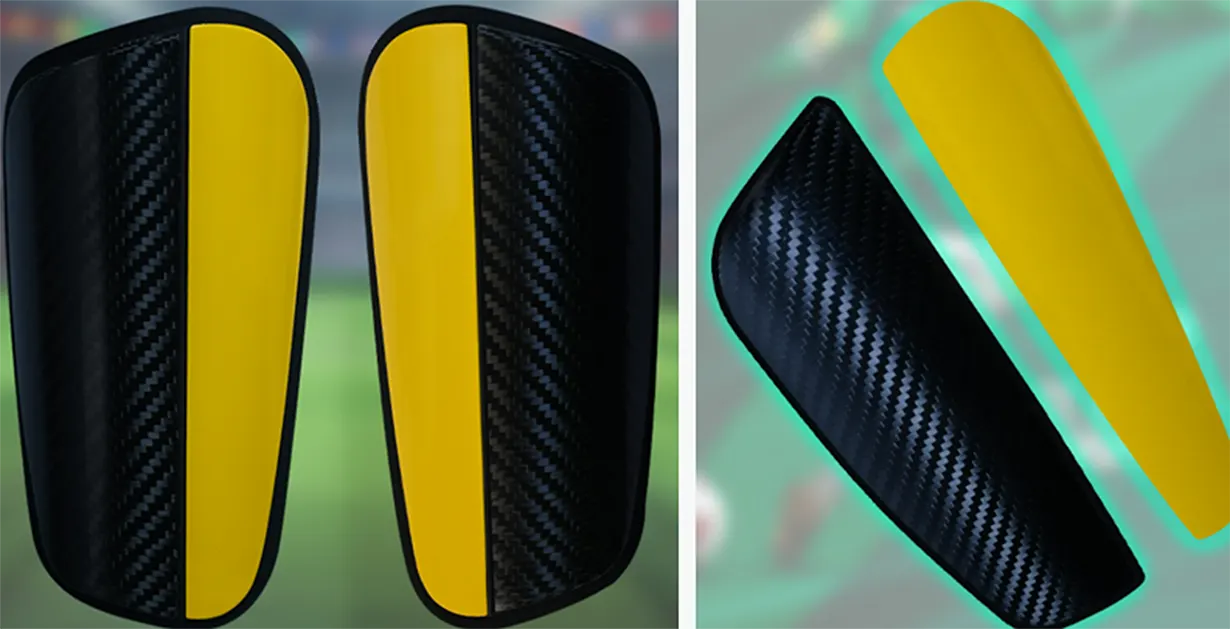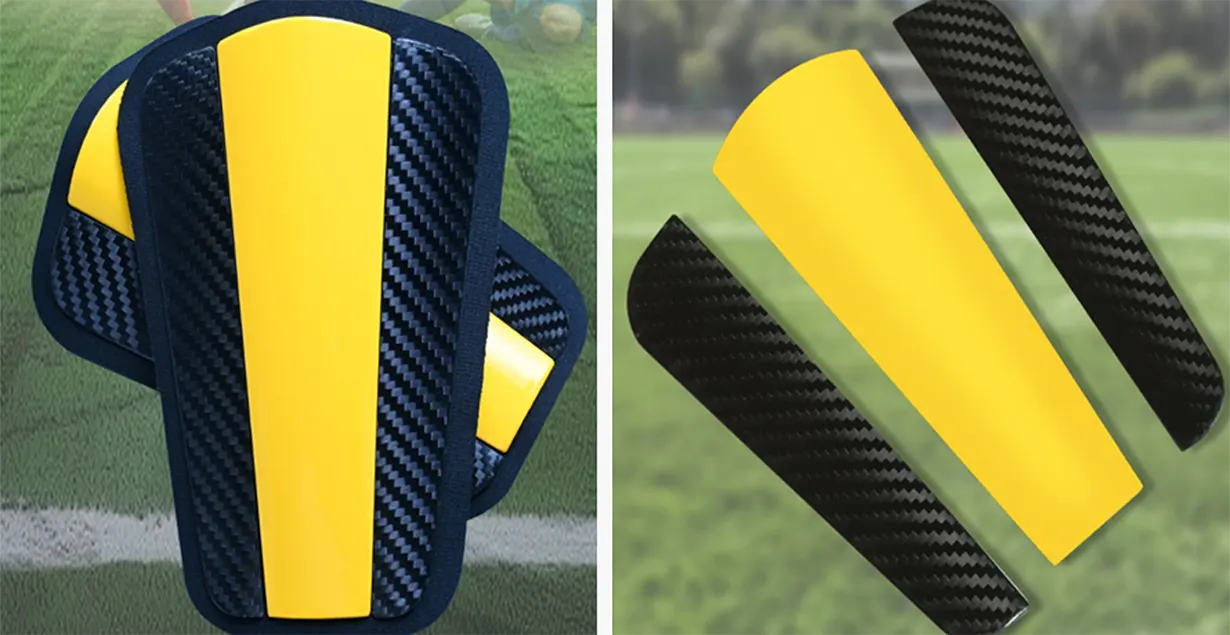Carbon Fiber Shin Guards vs. Traditional Shin Guards
Carbon Fiber Shin Guards vs. Traditional Shin Guards
Carbon Fiber vs. Traditional Shin Guards: Which Offers Better Performance?
When it comes to protecting one of the most vulnerable areas of an athlete’s body—the shins—the choice of gear can make a significant difference in both safety and performance. Shin guards have evolved dramatically over the years. Transitioning from basic leather or cloth wrappings to advanced designs incorporating cutting-edge materials like carbon fiber. But how do these modern innovations compare to traditional shin guards made from plastic? Here, we’ll break down the key differences between carbon fiber and traditional shin guards, examining their impact on protection, comfort, durability, and overall performance. This comparison will help you make an informed decision.
1. The Evolution of Shin Guards: From Basic Padding to Advanced Protection
Shin guards have come a long way from their origins as simple protective pads. Initially designed to offer minimal impact resistance, traditional shin guards were typically crafted from foam or plastic blends. These materials provided a decent level of protection for casual athletes but often fell short in terms of comfort and mobility. With the introduction of carbon fiber shin guards, the game changed entirely. Carbon fiber—a material renowned for its use in aerospace and automotive industries—brought a new level of sophistication to sports gear. Its exceptional strength-to-weight ratio and ability to absorb and distribute impact efficiently have made it a popular choice for athletes seeking to enhance their performance without compromising safety.
2. Key Factors Differentiating Carbon Fiber and Traditional Shin Guards
Lightweight Design and Mobility
One of the most significant advantages of carbon fiber shin guards is their lightweight nature. Traditional shin guards, while reliable, can feel bulky and restrictive during intense matches. In contrast, high-quality carbon fiber guards are exceptionally light, allowing athletes to move freely and maintain agility on the field. This reduction in weight can minimize fatigue during extended play, enabling players to focus on their performance rather than their gear.
Superior Impact Resistance
When it comes to protection, both types of shin guards aim to shield the wearer from injuries. However, carbon fiber shin pads excels in its ability to absorb and disperse impact force more effectively. For example, in high-contact sports like soccer or hockey, carbon fiber guards can reduce the risk of fractures or bruises by distributing energy away from the point of impact. Traditional guards, while functional, may not offer the same level of advanced impact resistance, leaving athletes more vulnerable to injuries during hard tackles.
Comfort and Fit
Comfort is crucial for any athletic gear, and here, custom carbon fiber shin guards shine. Many designs feature a contoured fit that molds to the wearer’s legs over time, providing a personalized level of comfort. Traditional shin guards, though often padded for plushness, can shift during play or cause irritation due to their rigidity. The tailored fit of carbon fiber guards ensures they stay securely in place, eliminating distractions and enhancing overall confidence on the field.
Durability and Longevity
Durability is another area where carbon fiber outperforms traditional materials. While plastic shin guards may wear down after a single season of heavy use. High strength carbon fiber shin guards are built to withstand repeated impacts and environmental factors like moisture or heat. This resilience translates to long-term savings, as athletes won’t need to replace their gear as frequently.
Cost Considerations
It’s true that carbon fiber shin guards come with a higher upfront cost compared to traditional options. However, their extended lifespan and performance benefits often justify the investment for serious athletes. Traditional guards remain a budget-friendly choice for casual players or those new to a sport, but they may lack the advanced features needed for competitive environments.
3. The Verdict: Which Is Right for Your Needs?
Choosing between carbon fiber and traditional shin guards ultimately depends on your priorities:
-
For competitive athletes who value peak performance, carbon fiber shin guards are the clear winner. Their lightweight design, superior protection, and custom fit provide an edge in high-stakes games.
-
For casual players or beginners, traditional shin guards offer a cost-effective solution that still delivers adequate protection during recreational play.
We’ve developed advanced 2-piece and 3-piece carbon fiber shin guards that uniquely flex with the contour of your calf. Unlike traditional one-piece designs, this carbon fiber shin guards ensure a personalized,perfect fit that moves with you, providing unmatched stability and protection during dynamic play.
1) True Flexibility: The multi-piece carbon fiber construction allows the guard to follow your leg’s natural curvature, offering superior protection and adaptability.
2) Premium Carbon Fiber: Renowned for being exceptionally lightweight yet offering incredible strength—carbon fiber provides maximum impact resistance (significantly higher than many metals) without the bulk. This ensures agility and comfort throughout the game.
3) Custom SBR neoprene Lining: The SBR lining with four-way stretch elasticity that wraps comfortably around your leg, ensuring breathable, shock-absorbing comfort no matter how intense the action gets.
Perfect for footballers, hockey players, and anyone in need of reliable leg protection.


